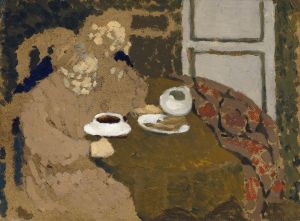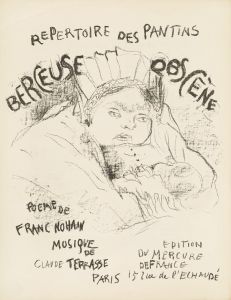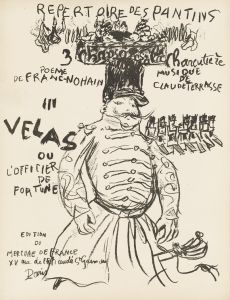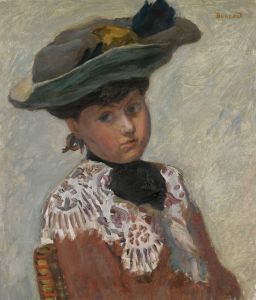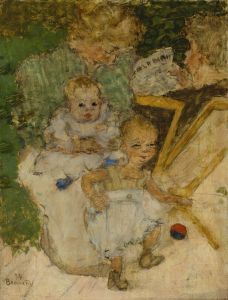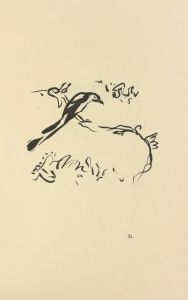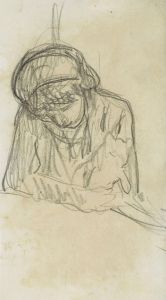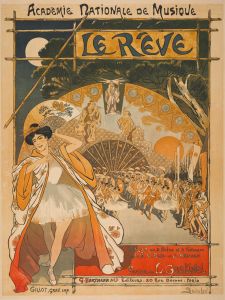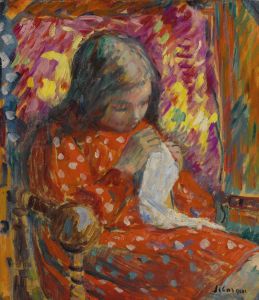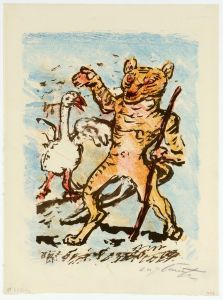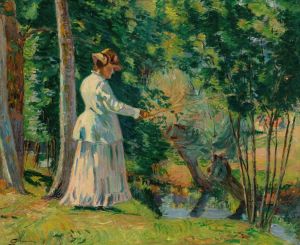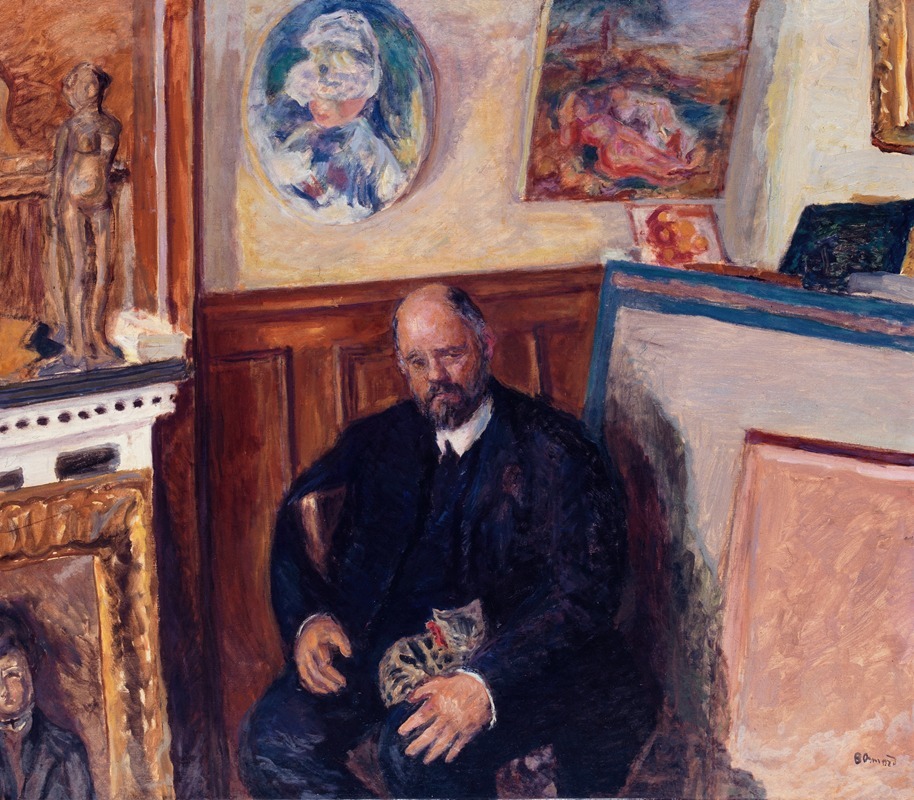
Portrait d’Ambroise Vollard au chat
A hand-painted replica of Pierre Bonnard’s masterpiece Portrait d’Ambroise Vollard au chat, meticulously crafted by professional artists to capture the true essence of the original. Each piece is created with museum-quality canvas and rare mineral pigments, carefully painted by experienced artists with delicate brushstrokes and rich, layered colors to perfectly recreate the texture of the original artwork. Unlike machine-printed reproductions, this hand-painted version brings the painting to life, infused with the artist’s emotions and skill in every stroke. Whether for personal collection or home decoration, it instantly elevates the artistic atmosphere of any space.
Pierre Bonnard's "Portrait d’Ambroise Vollard au chat" is a notable work by the French painter, who was a leading figure in the Post-Impressionist movement. Bonnard, known for his vibrant use of color and innovative compositions, created this portrait of Ambroise Vollard, a prominent art dealer and publisher, who played a significant role in promoting modern art in the late 19th and early 20th centuries.
Ambroise Vollard was an influential figure in the art world, known for his keen eye for talent and his support of artists who would later become some of the most celebrated names in art history. Vollard was instrumental in the careers of artists such as Paul Cézanne, Vincent van Gogh, and Pablo Picasso. His gallery in Paris became a hub for avant-garde art, and he was known for his ability to recognize and nurture emerging talent.
Bonnard's portrait of Vollard is distinguished by its intimate and somewhat informal depiction of the art dealer. The inclusion of a cat in the composition adds a personal touch, reflecting perhaps a more relaxed and domestic side of Vollard. The presence of the cat also serves as a compositional element, guiding the viewer's eye through the painting and adding a layer of complexity to the work.
Bonnard's style is characterized by his use of color and light, and this portrait is no exception. He employs a rich palette, with warm tones that create a sense of depth and texture. The brushwork is loose and expressive, a hallmark of Bonnard's technique, which allows for a sense of movement and life within the painting. This approach to color and form is indicative of Bonnard's broader artistic philosophy, which emphasized the emotional and sensory experience of viewing art.
The relationship between Bonnard and Vollard was mutually beneficial. Vollard's support provided Bonnard with opportunities to exhibit his work and reach a wider audience, while Bonnard's paintings contributed to Vollard's reputation as a dealer of cutting-edge art. This portrait, therefore, not only captures the likeness of Vollard but also symbolizes the collaborative spirit between artist and dealer during this vibrant period in art history.
"Portrait d’Ambroise Vollard au chat" is a testament to Bonnard's skill as a portraitist and his ability to convey the personality and essence of his subjects. It reflects the broader trends in art during the time, where traditional boundaries were being challenged, and new forms of expression were being explored. The painting remains an important piece within Bonnard's oeuvre and offers insight into the dynamic world of art and commerce in early 20th-century Paris.
Today, Bonnard's work, including this portrait, is celebrated for its contribution to modern art. His innovative use of color and composition continues to influence artists and captivate audiences, securing his place as a pivotal figure in the history of art.





